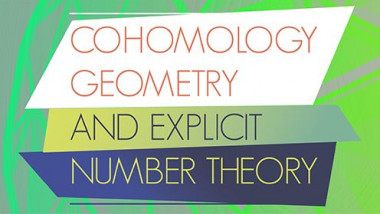Noncommutative Lambda_p-sets and the additivity problems
Apparaît dans la collection : 2024 - PC2 - Random tensors and related topics
Constructions of counterexamples to additivity problems in quantum information theory along the lines pioneered by Hayden-Winter and Hastings requires solving various sharp instances of Dvoretzky's theorem for Schatten classes. The most efficient technology to obtain such solutions is to consider "random" subspaces, which is not fully satisfactory. In the commutative setting, similar questions led to the concept of Lambda_p-sets, i.e., collections of characters on an Abelian group such that the p-norm and the 2-norm are approximately equivalent on the linear span of those characters. The ultimate results in this area were obtained by Rudin, Bourgain and Talagrand (1960s through 1990s). Some - but not all - of the constructions of Lambda_p-sets sets are explicit. In the present talk we will outline some of the above-mentioned results and report on the attempts to adapt the techniques to the non-commutative context, which will in particular lead to random (and pseudo-random) tensors.
















